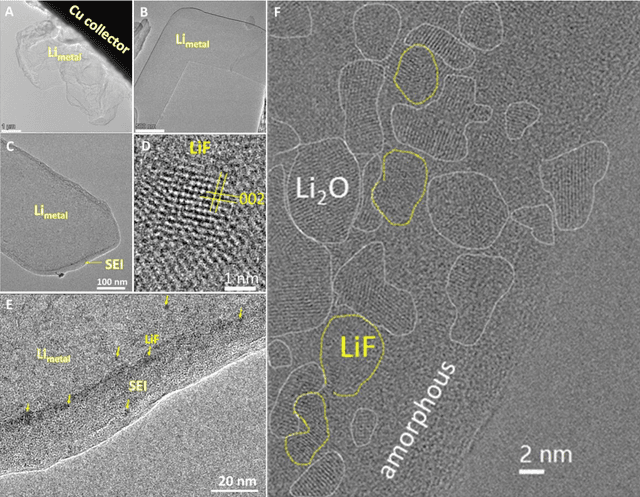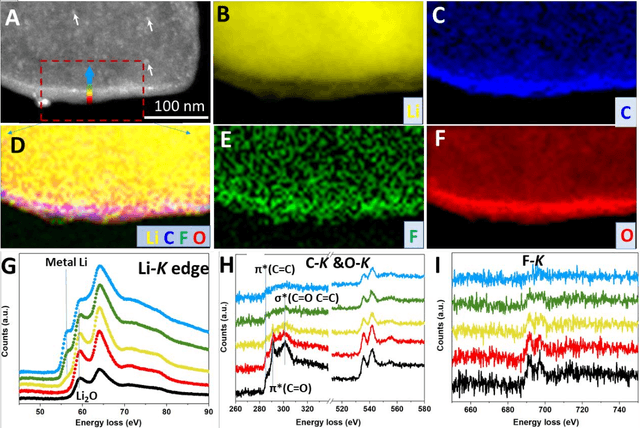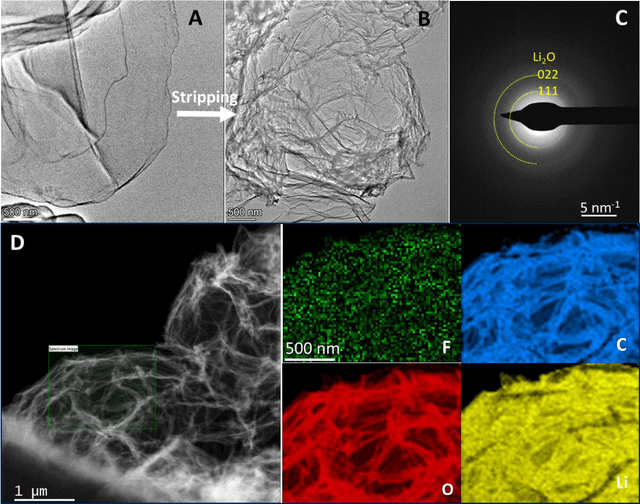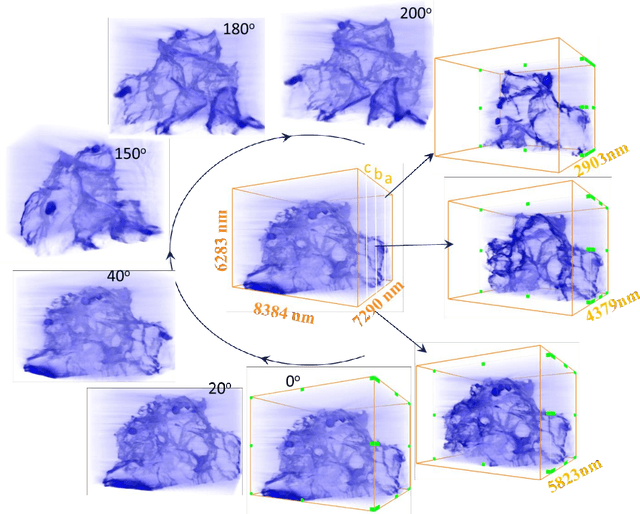Zhi Chang
Deep Q-Exponential Processes
Oct 29, 2024Abstract:Motivated by deep neural networks, the deep Gaussian process (DGP) generalizes the standard GP by stacking multiple layers of GPs. Despite the enhanced expressiveness, GP, as an $L_2$ regularization prior, tends to be over-smooth and sub-optimal for inhomogeneous subjects, such as images with edges. Recently, Q-exponential process (Q-EP) has been proposed as an $L_q$ relaxation to GP and demonstrated with more desirable regularization properties through a parameter $q>0$ with $q=2$ corresponding to GP. Sharing the similar tractability of posterior and predictive distributions with GP, Q-EP can also be stacked to improve its modeling flexibility. In this paper, we generalize Q-EP to deep Q-EP to enjoy both proper regularization and improved expressiveness. The generalization is realized by introducing shallow Q-EP as a latent variable model and then building a hierarchy of the shallow Q-EP layers. Sparse approximation by inducing points and scalable variational strategy are applied to facilitate the inference. We demonstrate the numerical advantages of the proposed deep Q-EP model by comparing with multiple state-of-the-art deep probabilistic models.
Conformal Three-Dimensional Interphase of Li Metal Anode Revealed by Low Dose Cryo-Electron Microscopy
Jun 10, 2021



Abstract:Using cryogenic transmission electron microscopy, we revealed three dimensional (3D) structural details of the electrochemically plated lithium (Li) flakes and their solid electrolyte interphase (SEI), including the composite SEI skin-layer and SEI fossil pieces buried inside the Li matrix. As the SEI skin-layer is largely comprised of nanocrystalline LiF and Li2O in amorphous polymeric matrix, when complete Li stripping occurs, the compromised SEI three-dimensional framework buckles, forming nanoscale bends and wrinkles. We showed that the flexibility and resilience of the SEI skin-layer plays a vital role in preserving an intact SEI 3D framework after Li stripping. The intact SEI network enables the nucleation and growth of the newly plated Li inside the previously formed SEI network in the subsequent cycles, preventing additional large amount of SEI formation between newly plated Li metal and the electrolyte. In addition, cells cycled under the accurately controlled uniaxial pressure can further enhance the repeated utilization of the SEI framework and improve the coulombic efficiency (CE) by up to 97%, demonstrating an effective strategy of reducing the formation of additional SEI and inactive dead Li. The identification of such flexible and porous 3D SEI framework clarifies the working mechanism of SEI in lithium metal anode for batteries. The insights provided in this work will inspire researchers to design more functional artificial 3D SEI on other metal anodes to improve rechargeable metal battery with long cycle life.
 Add to Chrome
Add to Chrome Add to Firefox
Add to Firefox Add to Edge
Add to Edge